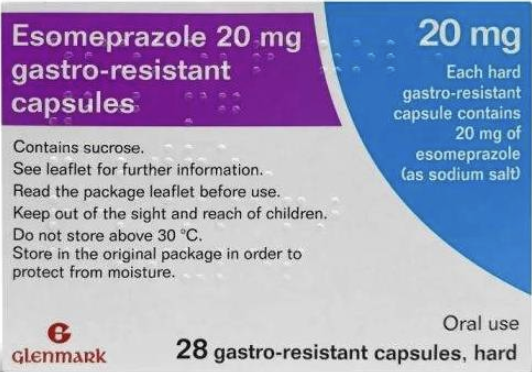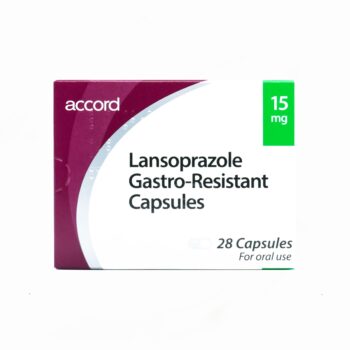Esomeprazole is a proton pump inhibitor (PPI) used for managing acid-related gastrointestinal conditions. It is particularly effective in treating gastro-oesophageal reflux disease (GORD), peptic ulcers, and Zollinger-Ellison syndrome. Esomeprazole provides symptom relief and promotes healing in acid-damaged tissues. It is often prescribed as a longer-term solution when other acid suppressants are not sufficient.
How It Works
Esomeprazole blocks the proton pump in the stomach lining, which is the final pathway for acid secretion. This action significantly reduces gastric acid production, lowering the acidity of the stomach contents. By reducing acid exposure, Esomeprazole relieves symptoms like heartburn, aids the healing of ulcers, and helps prevent acid-related damage to the oesophagus. Its long-lasting effect allows for once-daily dosing in most cases, though more severe cases may require higher doses or twice-daily administration.
Why Choose Esomeprazole
Esomeprazole is considered one of the most effective PPIs available. It offers strong acid suppression, with better bioavailability than some other agents in its class, especially in maintaining stable blood levels. Patients with moderate to severe reflux symptoms or those who do not respond adequately to other PPIs often benefit from switching to Esomeprazole. Its once-daily formulation helps improve adherence and allows consistent control of symptoms.
Important Note
Esomeprazole should only be used under medical guidance. Long-term use may be associated with a risk of vitamin B12 deficiency, magnesium imbalance, or bone fracture. It may also interact with medications such as clopidogrel, warfarin, or antifungals. Patients should not stop or change their dose without consulting a doctor. If symptoms persist despite treatment, further evaluation may be required to rule out more serious gastrointestinal conditions.




